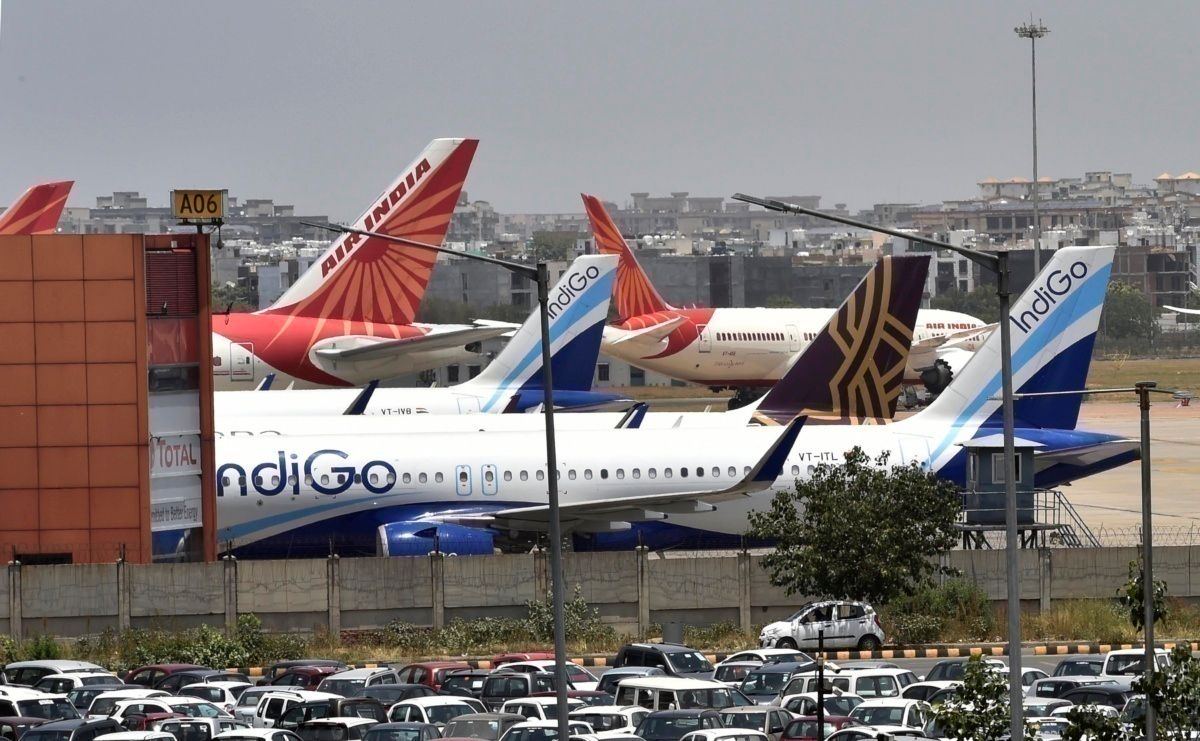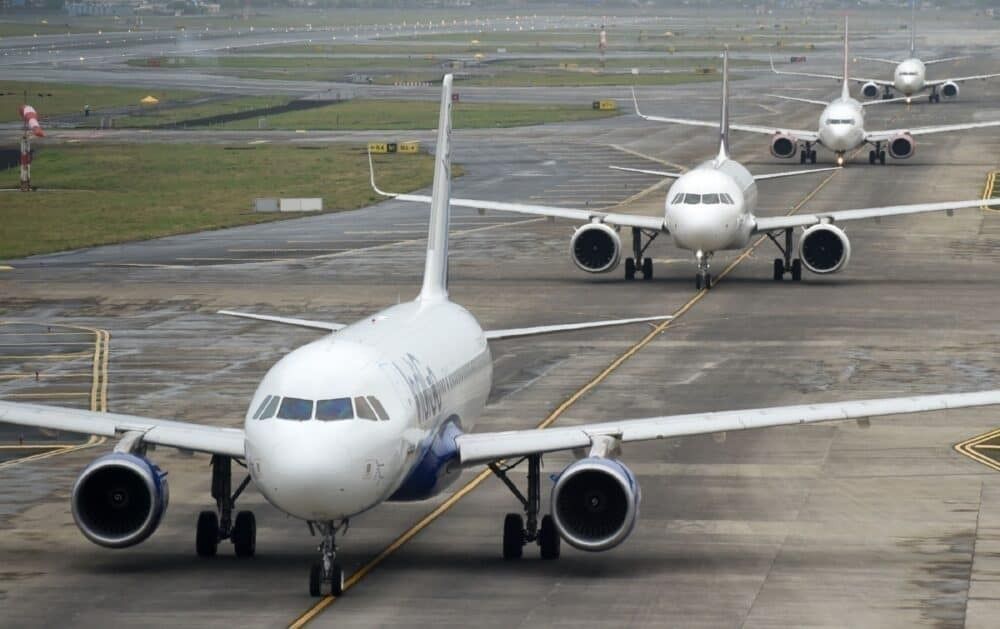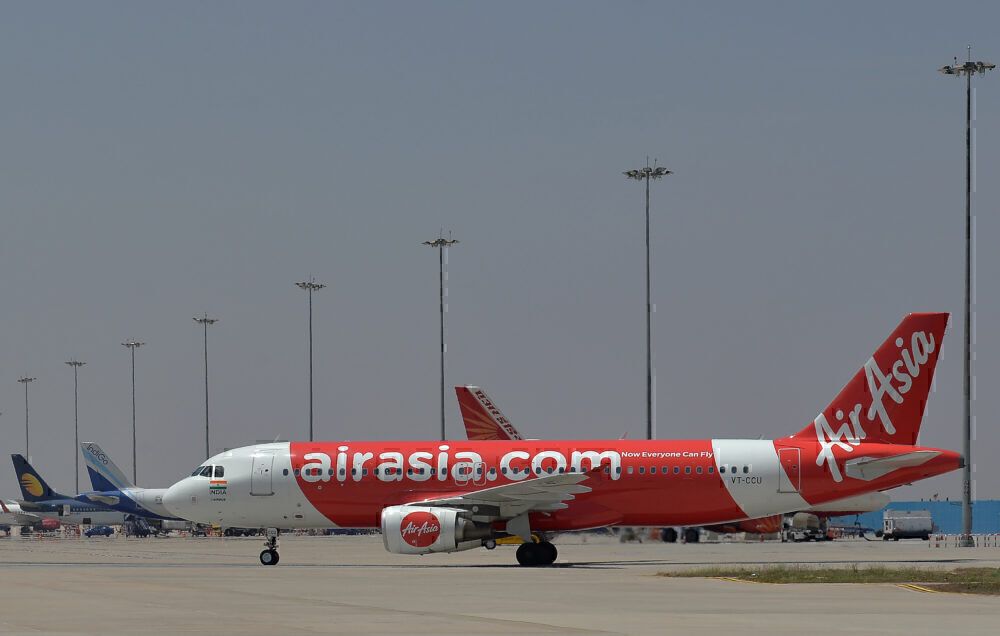As India's cases continue to rise and the healthcare system struggles, airlines have begun scaling back flight schedules. This comes as the number of daily passengers falls by over 50% in the last month alone. Let's find out more about these capacity cuts.
Scaling back
Cases in India began rising towards the end of March and the early weeks of April. While a second wave was being projected then, cases began to surge dramatically in the weeks that followed. Daily infections rose from 81,441 on April 1st to a record-breaking 402,110 on 30th April.
The dramatic rise in cases has coincided with a steep fall in daily domestic passengers as well. While 238,311 passengers took to the skies on 31st March, this number fell quickly to just 124,451 passengers on 28th April. This near 50% drop has significantly hurt airlines, which have seen load factors quickly fall.
Data from RadarBox.com shows that total domestic flights have fallen from 2,240 in the first week of April to just 1,531 in the first week of May. This 32% drop is the steepest one since domestic flights were first banned last year. Here's how airline schedules have been affected by these changes.
Airlines reel
While airline traffic peaked at the start of March, things have been downhill from there. Market leader and low-cost giant IndiGo has slashed its schedules from 1,233 daily flights at the start of April to just 912 daily operations at the start of May. This 25% drop is a direct response to the current situation and will likely continue to fall for the next few weeks.
If the situation looks bleak at IndiGo, other airlines have seen even more severe cuts to their schedules. AirAsia India has fallen from operating 150 daily flights at the start of April to just 50 at the end of the month. This represents a nearly 70% drop in flight schedules as the carrier sees demand plummet.
Flag carrier Air India has found itself in a difficult position as well. While the airline had already scaled back its domestic presence, a series of travel bans mean that the carrier has lost out on its lucrative international routes as well. The carrier has fallen from flying nearly 300 daily flights in early April to 263 currently.
This 12% drop might be the smallest of any Indian airline currently flying. However, with a US travel ban in a few days and more countries closing borders, expect Air India's numbers to fall further.
Stay informed: Sign up for our daily and weekly aviation news digests.
Delayed recovery
The second wave has certainly pushed back any full domestic aviation recovery by at least another few months. It is possible that carriers won't now reach pre-pandemic levels until at least the end of 2021 if this wave continues to drag on. For now, all airlines have turned their attention to transporting critical medical supplies and vaccines to tackle the devastating wave of COVID-19 in India.
What do you think about the impact of the second wave on Indian aviation? When will airlines begin to recover? Let us know in the comments!



